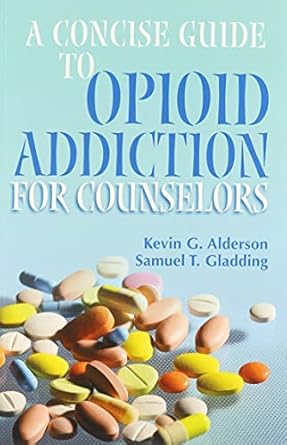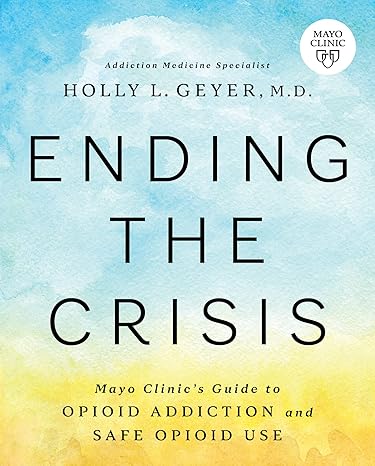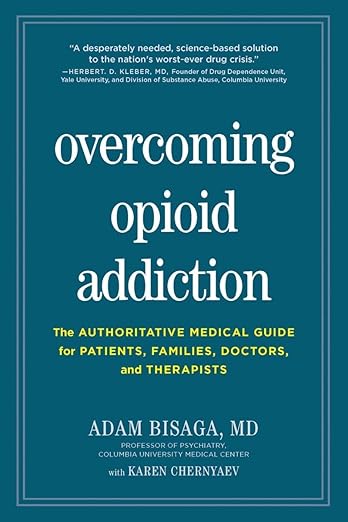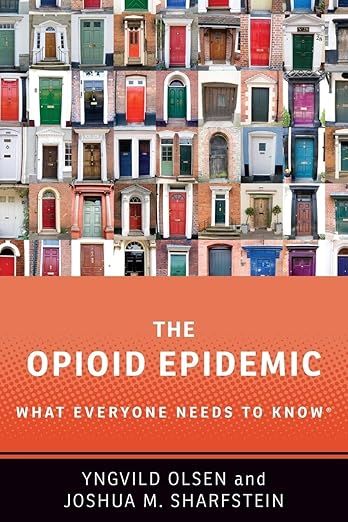Opiates / Opioids
Opioids are commonly prescribed because of their effective analgesic, or pain relieving, properties. Studies have shown that properly managed medical use of opioid analgesic compounds is safe and rarely causes addiction. Taken exactly as prescribed, opioids can be used to manage pain effectively.
Among the compounds that fall within this class—sometimes referred to as narcotics—are morphine, codeine, and related medications. Morphine is often used before or after surgery to alleviate severe pain. Codeine is used for milder pain. Other opioids that can be prescribed to alleviate pain include oxycodone (OxyContin—an oral, controlled release form of the drug); propoxyphene (Darvon); hydrocodone (Vicodin); hydromorphone (Dilaudid); and meperidine (Demerol), which is used less often because of side effects.
In addition to their effective pain relieving properties, some of these medications can be used to relieve severe diarrhea (Lomotil, for example, which is diphenoxylate) or severe coughs (codeine).
From Our Collection
Effects & Risks of Opioids
Opioids act by attaching to specific proteins called opioid receptors, which are found in the brain, spinal cord, and gastrointestinal tract. When these compounds attach to certain opioid receptors in the brain and spinal cord, they can effectively change the way a person experiences pain.
In addition, opioid medications can affect regions of the brain that mediate what we perceive as pleasure, resulting in the initial euphoria that many opioids produce. They can also produce drowsiness, cause constipation, and, depending upon the amount taken, depress breathing. Taking a large single dose could cause severe respiratory depression or death.
Medication Interactions
Opioids may interact with other medications and are only safe to use with other medications under a physician’s supervision. Typically, they should not be used with substances such as alcohol, antihistamines, barbiturates, or benzodiazepines. Since these substances slow breathing, their combined effects could lead to life-threatening respiratory depression.
Dependence & Tolerance
Long-term use also can lead to physical dependence—the body adapts to the presence of the substance and withdrawal symptoms occur if use is reduced abruptly. This can also include tolerance, which means that higher doses of a medication must be taken to obtain the same initial effects. Note that physical dependence is not the same as addiction—physical dependence can occur even with appropriate long-term use of opioid and other medications. Addiction, as noted earlier, is defined as compulsive, often uncontrollable drug use in spite of negative consequences.
Withdrawal
Individuals taking prescribed opioid medications should not only be given these medications under appropriate medical supervision, but also should be medically supervised when stopping use in order to reduce or avoid withdrawal symptoms. Symptoms of withdrawal can include restlessness, muscle and bone pain, insomnia, diarrhea, vomiting, cold flashes with goose bumps ("cold turkey"), and involuntary leg movements.
Treatment
Individuals who become addicted to prescription medications can be treated. Options for effectively treating addiction to prescription opioids are drawn from research on treating heroin addiction.
Examples of some pharmacological available treatments:
- Methadone, a synthetic opioid that blocks the effects of heroin and other opioids, eliminates withdrawal symptoms and relieves craving. It has been used for over 30 years to successfully treat people addicted to opioids.
- Buprenorphine, another synthetic opioid, is a recent addition to the arsenal of medications for treating addiction to heroin and other opiates.
- Naltrexone, a long-acting opioid blocker, often used with highly motivated individuals in treatment programs promoting complete abstinence. Naltrexone also is used to prevent relapse.
- Naloxone counteracts the effects of opioids and is used to treat overdoses.
Research & Data
- Connecticut Data Collaborative
Users may search by location or topic. Topic selections include: Civic vitality, Demographics, Economy, Health, Education, Housing, and Safety. The Health category includes data sets on mental health, treatment admissions, substance use, mortality, and tobacco use.
- Connecticut SEOW Prevention Data Portal
Search, view, and access 200+ indicators relevant to substance use/misuse, mental health, suicide, gambling, and social determinants of health. Explore 30+ data sets relevant to behavioral health, each with multiple visualization capabilities, downloadable data, and metadata.
- Facing Addiction in America: The Surgeon Generals Spotlight on Opioids
The Spotlight on Opioids assembles opioid-related information from the Surgeon General’s Report on Alcohol, Drugs, and Health into one document to better inform the general public, especially family and friends of people with an elevated risk of opioid overdose, opioid misuse, and/or opioid use disorder.
- PubMed
PubMed comprises more than 20 million citations for biomedical literature from MEDLINE, life science journals, and online books. Citations may include links to full-text content from PubMed Central and publisher websites.
- Research Data, Measures & Resources - NIDA
Links to various NIDA publications, databases, surveillance, prevention & treatment resources, and more.
- SAMHSA Data
Find data and reports on mental health, substance use treatment, and drug use from sources that include: the National Survey on Drug Use and Health (NSDUH), Treatment Episode Data Set (TEDS), National Survey of Substance Abuse Treatment Services (N-SSATS), National Mental Health Services Survey (NMHSS), and more.
- The Researched Abuse, Diversion and Addiction-Related Surveillance (RADARS®) System
The Researched Abuse, Diversion and Addiction-Related Surveillance (RADARS®) System is a prescription drug abuse, misuse and diversion surveillance system that collects timely product-and geographically-specific data.
- Unintentional Drug Overdose Deaths in Connecticut
The Connecticut Department of Public Health presents an interactive dashboard with drug overdose data to increase public awareness about the impact of the opioid crisis in Connecticut.
Screening Tools
Self-Help Groups
Apps
NORA App
NORA is a free app from the Connecticut Department of Public Health. Use NORA to prevent, treat, and report opioid overdose.
Videos
Podcasts
- Speaking of Psychology: How Psychologists Can Do More to Address the Opioid Crisis, with APA CEO Arthur C. Evans Jr., PhD
Talk: They Hear You Podcast: Spotlight on Opioids—Youth Prevention and Safety - The Curbsiders: Opioid Overdose Treatment and Prevention with Dr. Alex Walley
Trainings
- Opioid Explainer Video Playlist (CT Prevention Training Center)
- Pain Management & Opioids: A Patient-Centered Approach (ASAM)
- PCSS MOUD Case-based Learning Collaboratives Session 1: OUD and Pregnancy (ASAM eLearning)
- PCSS MOUD Case-based Learning Collaboratives Session 2: Hospital Based Approaches to OUD (ASAM eLearning)
- PCSS MOUD Case-based Learning Collaboratives Session 3: OUD in Adolescents and Young Adults (ASAM eLearning)
- PCSS-MOUD Exchange
- The Intersection of DEA, Opioids, and MAT (NAADAC)
- Training Videos for Professionals Who Work with People with Opioid Use Disorder - University of Washington Addictions, Drug & Alcohol Institute
- Training: Talking About Naloxone (CDC)
- Trauma-Informed Care for Opioid Treatment (NAADAC)
- Treatment for Opioid Dependency During Pregnancy (SAMHSA Playlist)
Fact Sheets
- Connecticut Adolescent Screening, Brief Intervention, and Referral to Treatment Adolescent Girls and Opioids - Resource Guide
- Drug Facts: Benzodiazepines
- Drug Facts: Fentanyl
- Drug Facts: Heroin
- Drug Facts: Xylazine
- Hechos Sobre Las Drogas: El Fentanilo
- Informacion Sobre Medicamentos Recetados Y De Venta Libre
- Language Matters
- Medication-Assisted Treatment: Methadone
- Opioids and Pregnancy
- Qué Es El Fentanilo?
- Treatments for Opioid Use Disorder
- Warning Signs of Alcohol and Substance Misuse
Curricula & Lesson Plans
- Health and Opioid Prevention Education (HOPE) Curriculum
From Wright State University
- Operation Prevention: The Science of Addiction
From DEA & Discovery Education
- Opioids: What You Need To Know
A lesson plan from the National Institute on Drug Abuse
- Prescription Drug Safety
From Truth Initiative + Everfi




